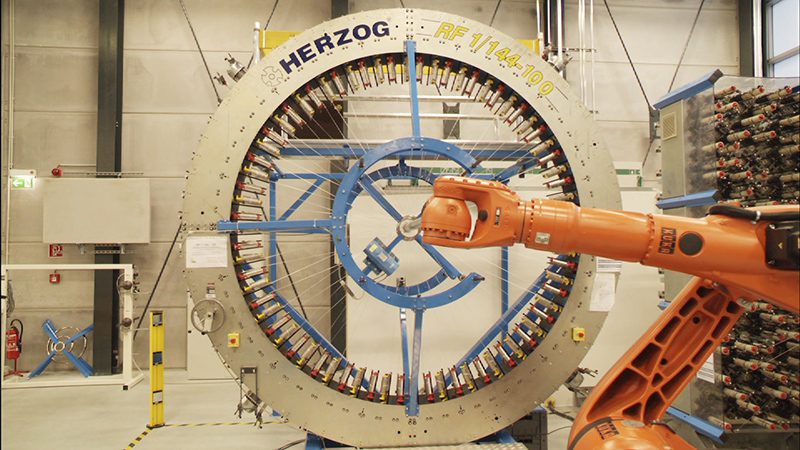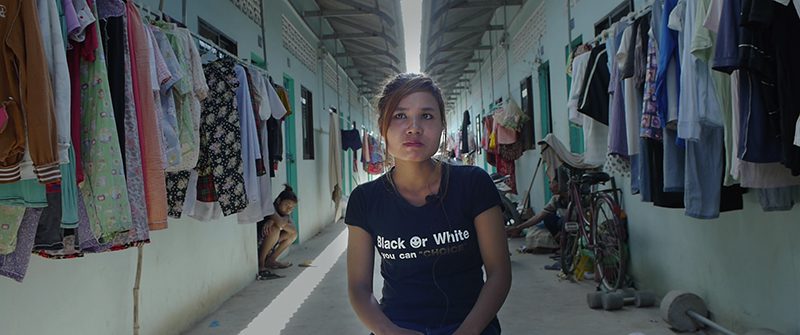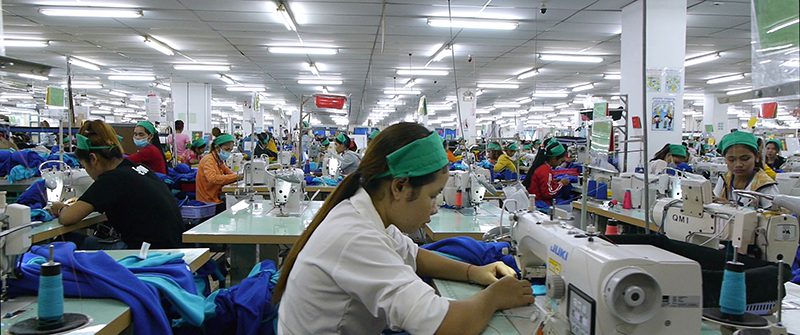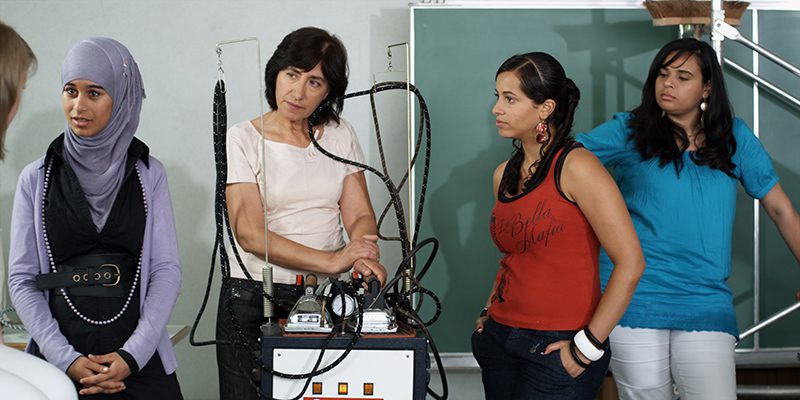ART-PRESENTATION: Women at Work
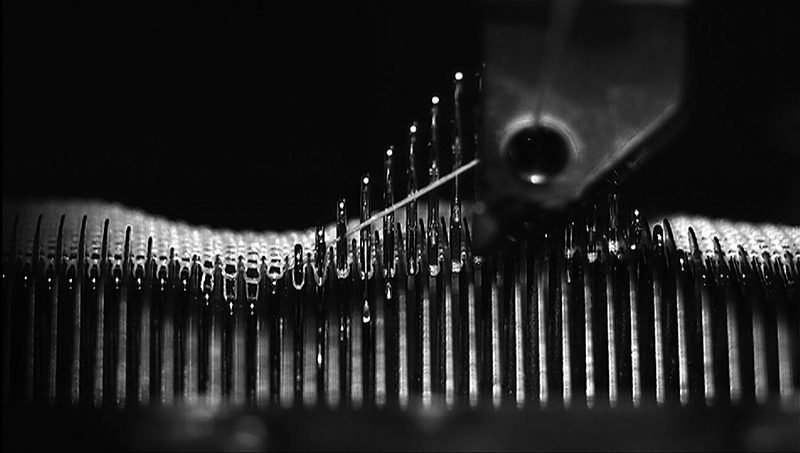 Whereas first-wave feminism focused mainly on suffrage and overturning legal obstacles to gender equality, second-wave feminism broadened the debate to a wide range of issues: sexuality, family, the workplace, reproductive rights, de facto inequalities, and official legal inequalities. Second-wave feminism also drew attention to domestic violence and marital rape issues, establishment of rape crisis and battered women’s shelters, and changes in custody and divorce law.
Whereas first-wave feminism focused mainly on suffrage and overturning legal obstacles to gender equality, second-wave feminism broadened the debate to a wide range of issues: sexuality, family, the workplace, reproductive rights, de facto inequalities, and official legal inequalities. Second-wave feminism also drew attention to domestic violence and marital rape issues, establishment of rape crisis and battered women’s shelters, and changes in custody and divorce law.
By Efi Michalarou
Photo: Edith-Russ-Haus for Media Art Archive
The group exhibition “Women at Work” at Edith-Russ-Haus for Media Art, aims to contribute to discussions surrounding the relationship between feminist ideas and the current situation of the working women in an era of globalized economics and quickly changing societies through the work of: Olga Chernysheva, Im Heung‐soon, Wendelien van Oldenborgh and Anette Rose. The questions remain: What has happened to equal wages, accessible childcare, overturning gender stereotypes, and the concern about the living and working conditions of women outside Western societies, a demographic that provides global capital with its cheapest labor force? Olga Chernysheva’s drawings and photographs of different women in Russia, capture with immense empathy the precarious nature of being human, and further investigate the survival strategies of citizens in a post-socialist society in the face of living situations that vary from exposure to neglect. The experimental documentary “Factory Complex” by Im Heung-soon, reveals the protagonists behind the fast economic development of South Korea: cheap female workers. The film draws a parallel between the female textile workers movement of the ‘60s and the increasingly exploitative nature of female employment today, drawing on the personal accounts and voices of care workers, flight attendants, cashiers, and casually employed workers. The slide installation “Après la reprise, la prise” by Wendelien van Oldenborgh, is based on a film project that portrays a group of women who, after having worked for many years on the assembly line at the Levi’s factory in Belgium, were fired when the company relocated its production to countries with much lower-waged laborers. After their failure of their demonstration at and negotiations with the factory, the women found new roles as actresses, by putting forward their experience in a theater production. A discussion about this theater piece between the protagonists and students provides the core of the work. “Captured Motion”, by Anette Rose, revolves around artistic and scientific methods of capturing mechanical and human body movements visually, acoustically, and haptically, with a special focus on weaving technologies as a historically female occupation. The series of video works and animations investigates the industrial automation that increasingly characterizes our working environments.
Info: Curators: Marcel Schwierin and Edit Molnár, Edith-Russ-Haus for Media Art, Katharinenstraße 23, Oldenburg, Duration: 13/5-24/7/16, Days & Hours: Tue-Fri 14:00-18:00, Sat-Sun 11:00-18:00, www.edith-russ-haus.de
